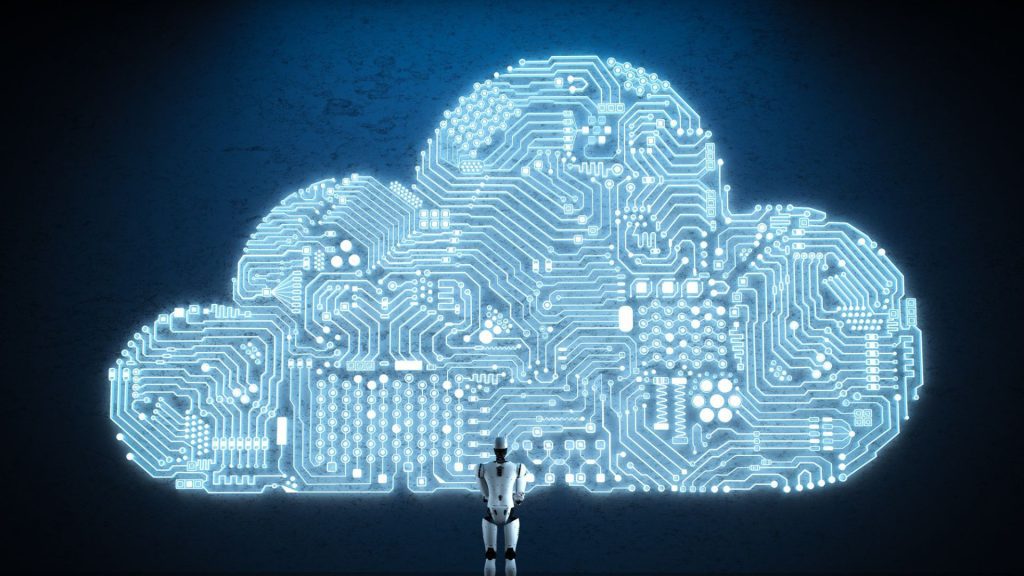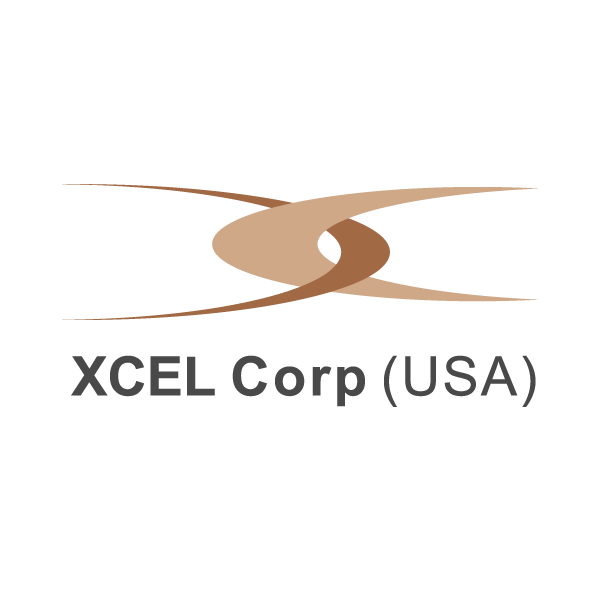
what is Cloud computing
Cloud computing refers to the delivery of computing services over the internet, including storage, processing power, databases, networking, software, and more, without the need for direct management by the user. It allows businesses and individuals to access computing resources (such as servers, storage, and applications) on-demand, without having to own or maintain physical hardware. Instead, these resources are hosted in data centers owned by third-party providers.
Types of Cloud Computing Models:
Infrastructure as a Service (IaaS)
- What it is: Provides virtualized computing resources over the internet, including servers, storage, networking, and virtualization.
- Who uses it: Developers and IT administrators who need to manage applications, operating systems, and data.
- Examples: Amazon Web Services (AWS), Microsoft Azure, Google Cloud Platform (GCP).
- Use cases: Hosting websites, running virtual machines, data storage, disaster recovery.
Platform as a Service (PaaS)
- What it is: A platform that allows developers to build, deploy, and manage applications without having to manage the underlying infrastructure.
- Who uses it: Developers who want to focus on coding and deploying apps without worrying about hardware or software layers.
- Examples: Google App Engine, Microsoft Azure App Services, Heroku.
- Use cases: Application development, microservices architecture, API hosting, CI/CD pipelines.
Software as a Service (SaaS)
- What it is: Provides users with access to software applications over the internet. The software is hosted and maintained by the cloud provider.
- Who uses it: End-users who access applications for specific tasks without worrying about installation or infrastructure.
- Examples: Google Workspace, Microsoft Office 365, Salesforce, Slack.
- Use cases: Email, CRM, collaboration, file sharing, enterprise software.
Key Characteristics of Cloud Computing:
- On-Demand Self-Service
- Users can provision computing resources (storage, processing power, etc.) as needed without requiring human intervention from the cloud provider.
- Broad Network Access
- Cloud services are available over the internet, and can be accessed from any device (PC, mobile, tablet) with an internet connection, allowing for flexibility and mobility.
- Resource Pooling
- Cloud providers pool computing resources to serve multiple customers, using multi-tenant models. The resources are dynamically assigned and reassigned according to demand.
- Rapid Elasticity
- Cloud services can be rapidly scaled up or down based on the user’s needs, ensuring that the resources grow or shrink as required.
- Measured Service
- Cloud resources are typically metered, meaning users pay only for what they use (pay-as-you-go model). This allows businesses to avoid over-provisioning or wasting resources.


